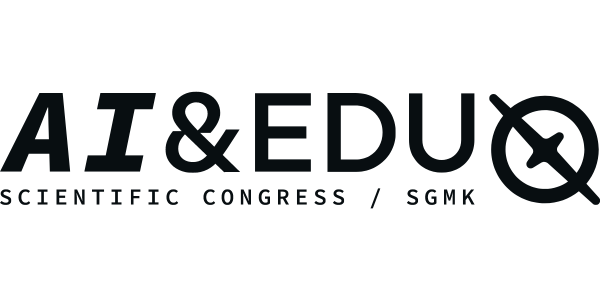Was it possible to move faster than light? We invite you to listen to the premiere of Prof. Andrzej Dragan’s lecture, a presentation of the work of Polish physicists that is changing quantum physics as we know it. Professor Dragan gave the lecture at the AI&EDU scientific congress of the Nicolaus Copernicus Superior School.
Prof. Andrew Dagan, a prominent theoretical physicist known for his work on quantum theory and general theory of relativity, plays a key role in developing theoretical models describing the potential existence of tachyons. His research focuses on finding mathematical structures that can simultaneously maintain theoretical consistency and open up new avenues for the exploration of superluminal physics.
As part of SGMK’s AI-Lab, we produced an English translation of Prof. Andrew Dragan’s lecture titled “Was it possible to move faster than light? “, using AI tools. We invite you to listen to Prof. Andrzej Dragan’s lecture in English.
Superluminal motion, that is, motion exceeding the speed of light, is one of the most fascinating and controversial issues in modern physics. In light of Albert Einstein’s special theory of relativity, the speed of light (about 299,792,458 m/s in a vacuum) appears to be the absolute limit for the speed of any material particle. However, there remains speculation in quantum theory about superluminal particles, so-called tachyons, which suggest that the existence of such motion may be theoretically possible.
Special Theory of Relativity and the speed of light
Einstein’s Special Theory of Relativity, proposed in 1905, is revolutionizing our understanding of time, space and motion. One of its main postulates is that the speed of light is constant in all reference frames regardless of the power of the light source or observer. This means that no material particle can move at a speed faster than light. Physics based on this theory perfectly predicts the motion of objects at very high speeds, but always with this fundamental limit.
Tachyons and quantum theory
Quantum theory, on the other hand, opens the door to other aspects of particle motion, including the possibility of tachyons. Tachyons are hypothetical particles that move at speeds greater than the speed of light. According to some theoretical models, such particles may exist, but are associated with a number of paradoxes and interpretive difficulties.
Paradoxes and theoretical challenges
The introduction of tachyons in physical theories leads to a number of paradoxes. One is the change in the direction of time – a particle moving at superluminal speeds in some reference systems appears to travel backward in time in others. This questions the unambiguity of causality and leads to problems in interpreting the past and future.
Limitations and possible explanations
Scientists, trying to reconcile the theory of relativity with the possibility of tachyons, are looking for solutions that avoid paradoxes. One line of research is an attempt to generalize the theory to a greater number of spatial dimensions, which may allow more complex interpretations of the dynamics of superluminal motion.
New approaches: quantum field theory vs. tachyons
Recent work and publications suggest that there is a way to build a consistent quantum field theory that accounts for the existence of tachyons without introducing paradoxes such as negative energies or particle number ambiguity. Changes in mathematical interpretation and the use of Fock space could lead to new discoveries in particle physics.
The question of superluminal velocity motion remains one of the most complicated problems in modern physics, combining the fundamental principles of relativity theory with the non-intuitive results of quantum theory. Despite the paradoxes and difficulties posed by such theories, tachyon research is opening new horizons in our understanding of the fundamental laws of nature.
Providing coherent theoretical models that can explain the observed phenomena remains a key goal for modern physicists, as does the search for answers to the question of whether superluminal velocity motion is merely a theoretical matter, or perhaps a reality experienced in a yet unknown dimension of the universe.
Prof. Andrzej Dragan – science popularizer, professor of physics at the University of Warsaw and the National University of Singapore, world renowned artist
Andrzej Dragan is a professor of physics at the University of Warsaw and the National University of Singapore. He leads a research group on combining relativity theory with quantum theory. He is the recipient of many science awards, including the awards from European Science Foundation, Minister of Education, Polish Science Foundation, National Science Center and Polityka magazine. He is also academically affiliated with the University of Oxford, Imperial College London, and the University of Nottingham, among others. He is the author of two books and 60 scientific articles.
He is the creator of the photographic ‘Dragan Effect’. His photographs and films have won and been nominated for the world’s most important titles and awards. His artistic flair has earned him the title of Photographer of the Year by the British magazine “Digital Camera”, and a nomination for the prestigious Golden Lion at the Cannes Advertising Festival. Dragan is the author of photography and short films for Netflix, HBO, Channel 4, Sky TV, Playstation, Converse, Energizer and Xbox. He has also directed music videos for Quebonafide, Behemoth, and Hania Rani.
The AI&EDU SGMK scientific congress organized by the Nicolaus Copernicus Superior School was held on June 13 -14, in Warsaw. Just like the Futurist of the Year SGMK, the largest futurological science congress of 2024, it became an interdisciplinary space for the exchange of knowledge and experience of Polish and international experts and researchers.
A Cybersecurity in the face of AI and Communication and strategic foresight – directions for the future
We would like to invite you to the interdisciplinary postgraduate courses in Communications and strategic foresight, as well as in Cybersecurity and security of financial and public institutions (AI). We are also accepting applications for the next edition of the elite MBA course “Banking and the financial system“. Admissions are underway, apply now!
For more information go to: www.sgmk.edu.pl/recruitment
Nicolaus Copernicus Superior School
Internationality | Interdisciplinarity | High quality teaching
Nicolaus Copernicus Superior School (SGMK) is a new academic institution that interdisciplinary links five “Copernican” disciplines, running a doctoral school within the colleges of Toruń, Olsztyn, Lublin, Cracow and Warsaw.
SGMK provides students with direct access to the knowledge of scientists and experts from the top research centers, including many Nobel Prize winners. We educate leaders of the future, ready to face the challenges of the digital revolution, our curriculum is created and implemented by world-class specialists. Since its inception, SGMK has focused on high quality teaching, interdisciplinarity and internationality.







